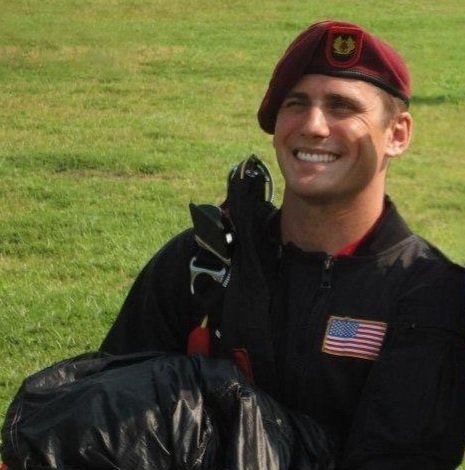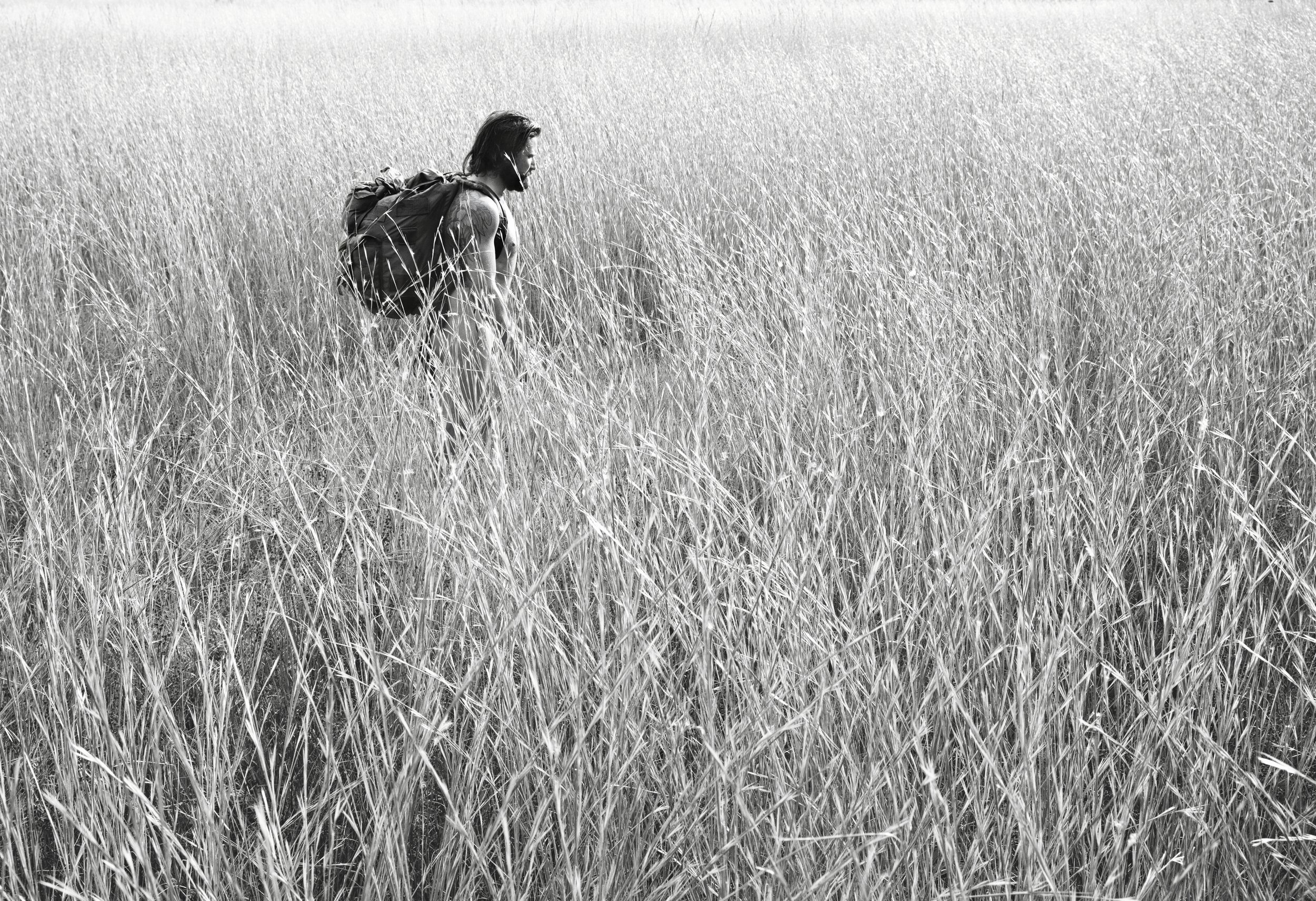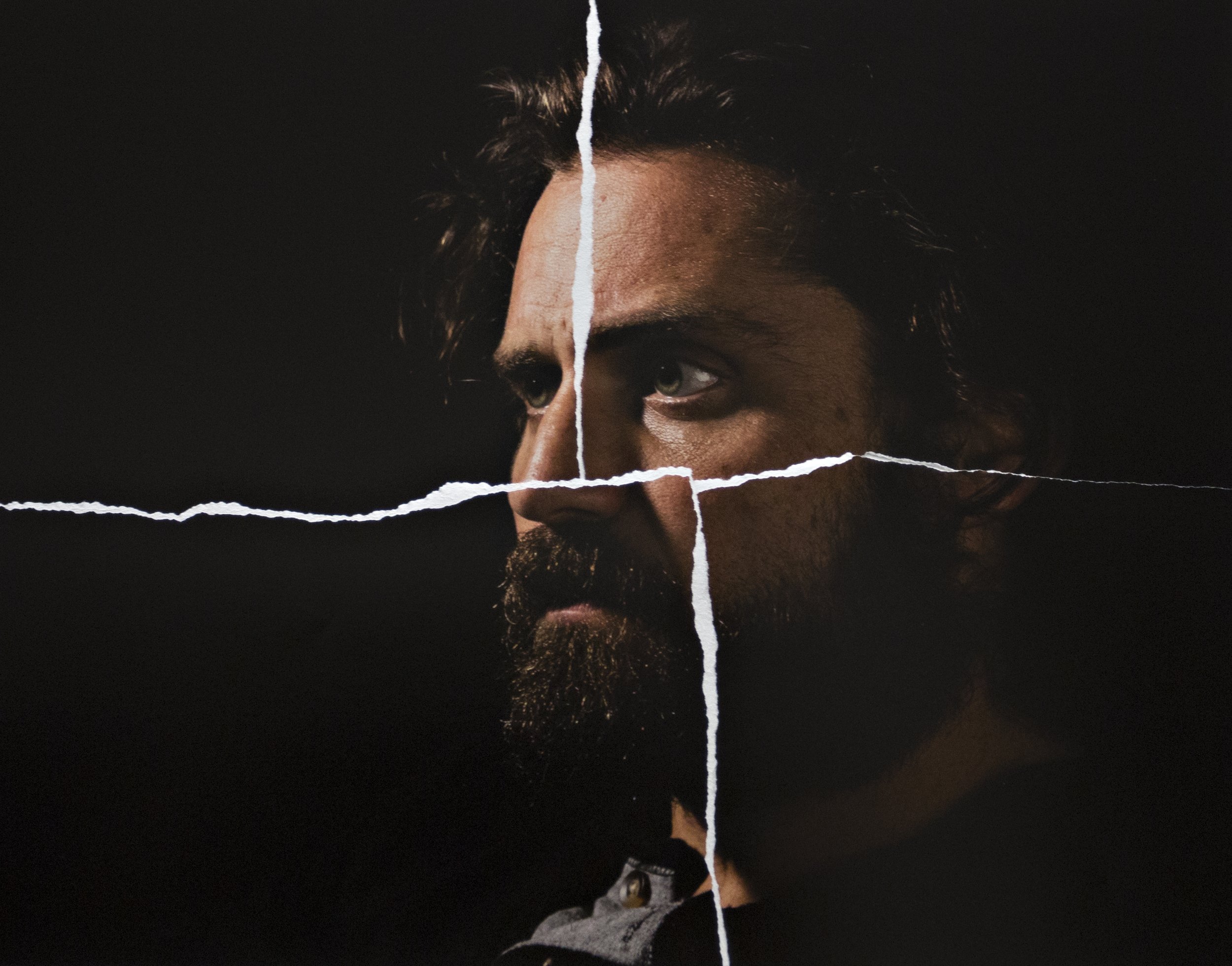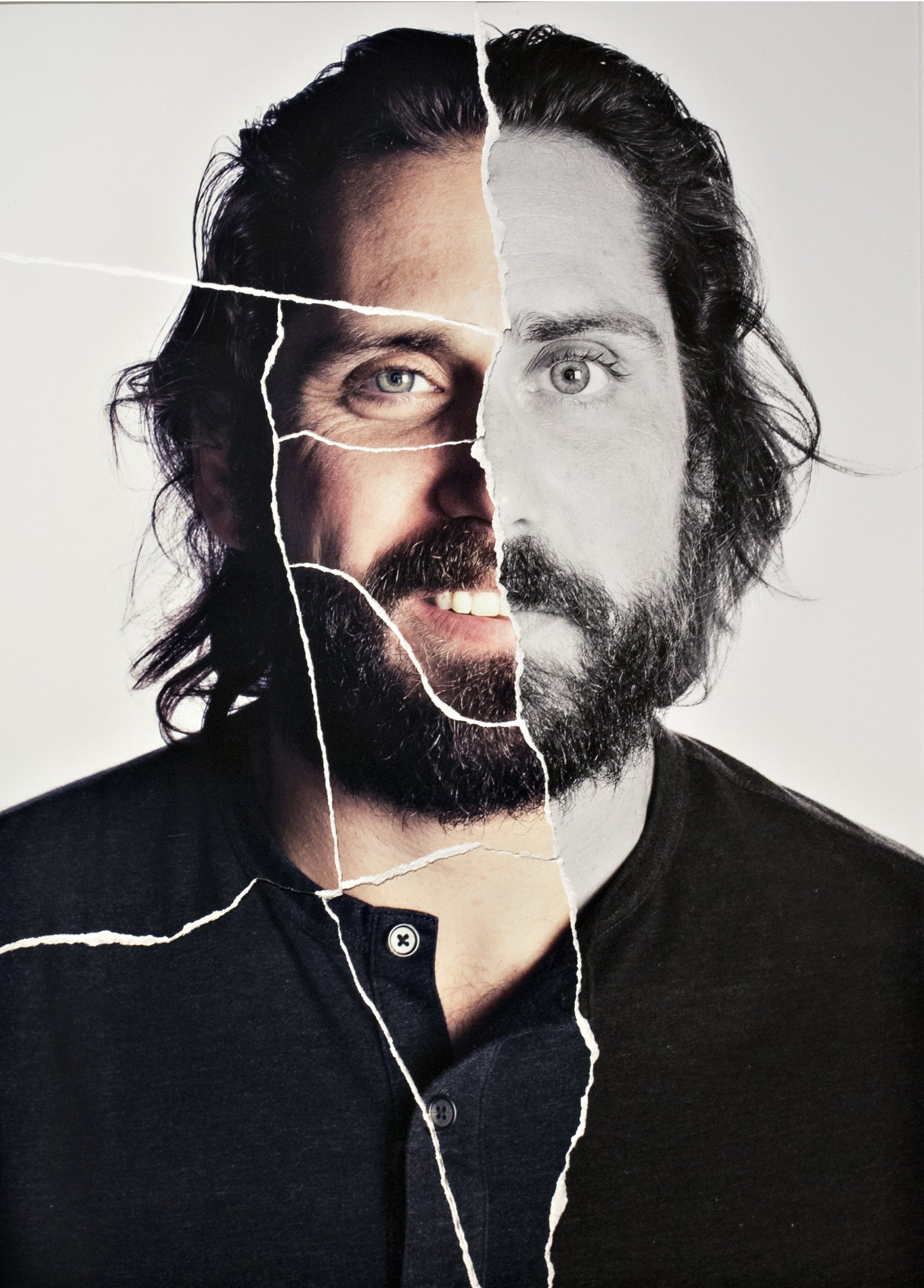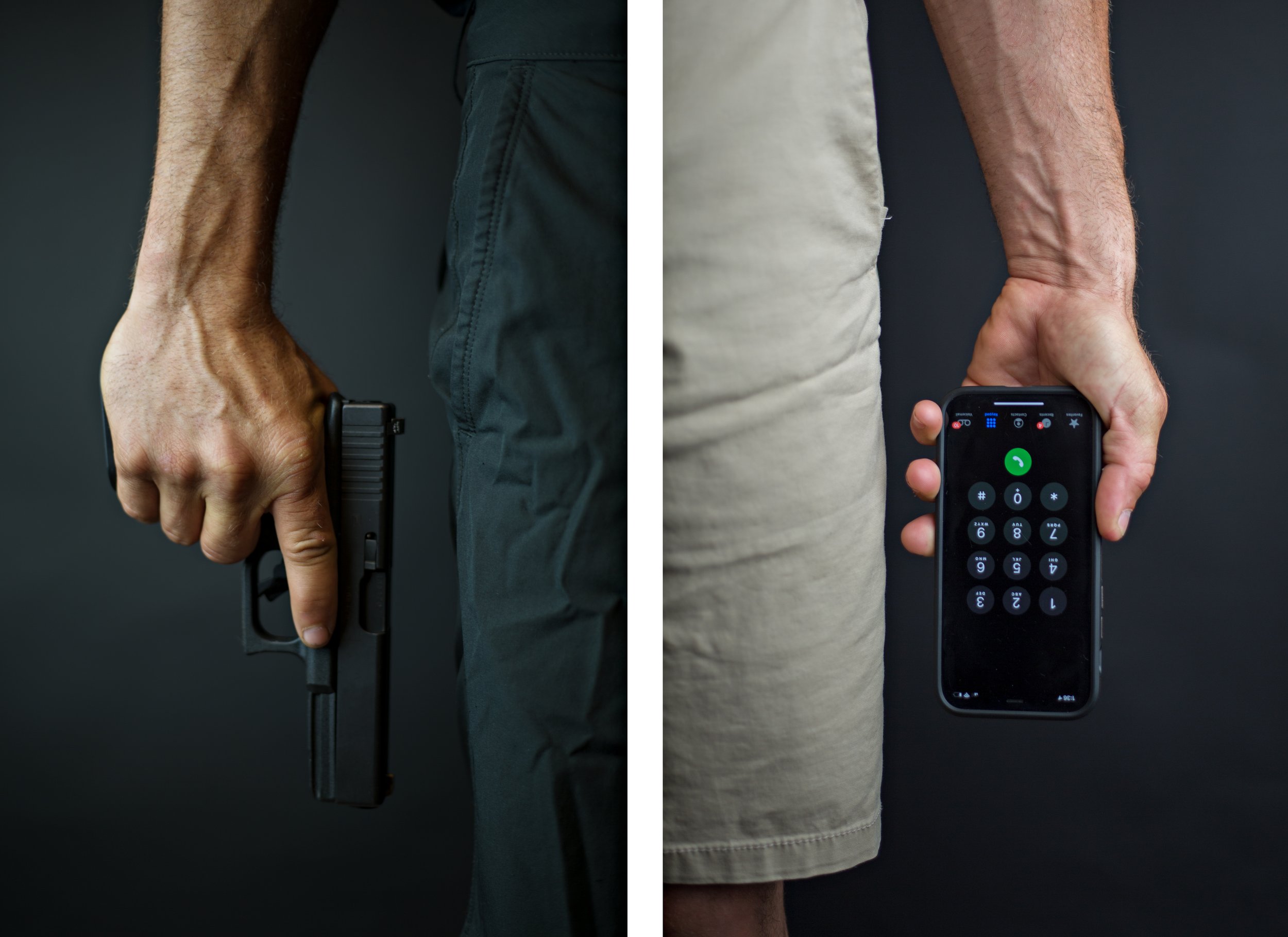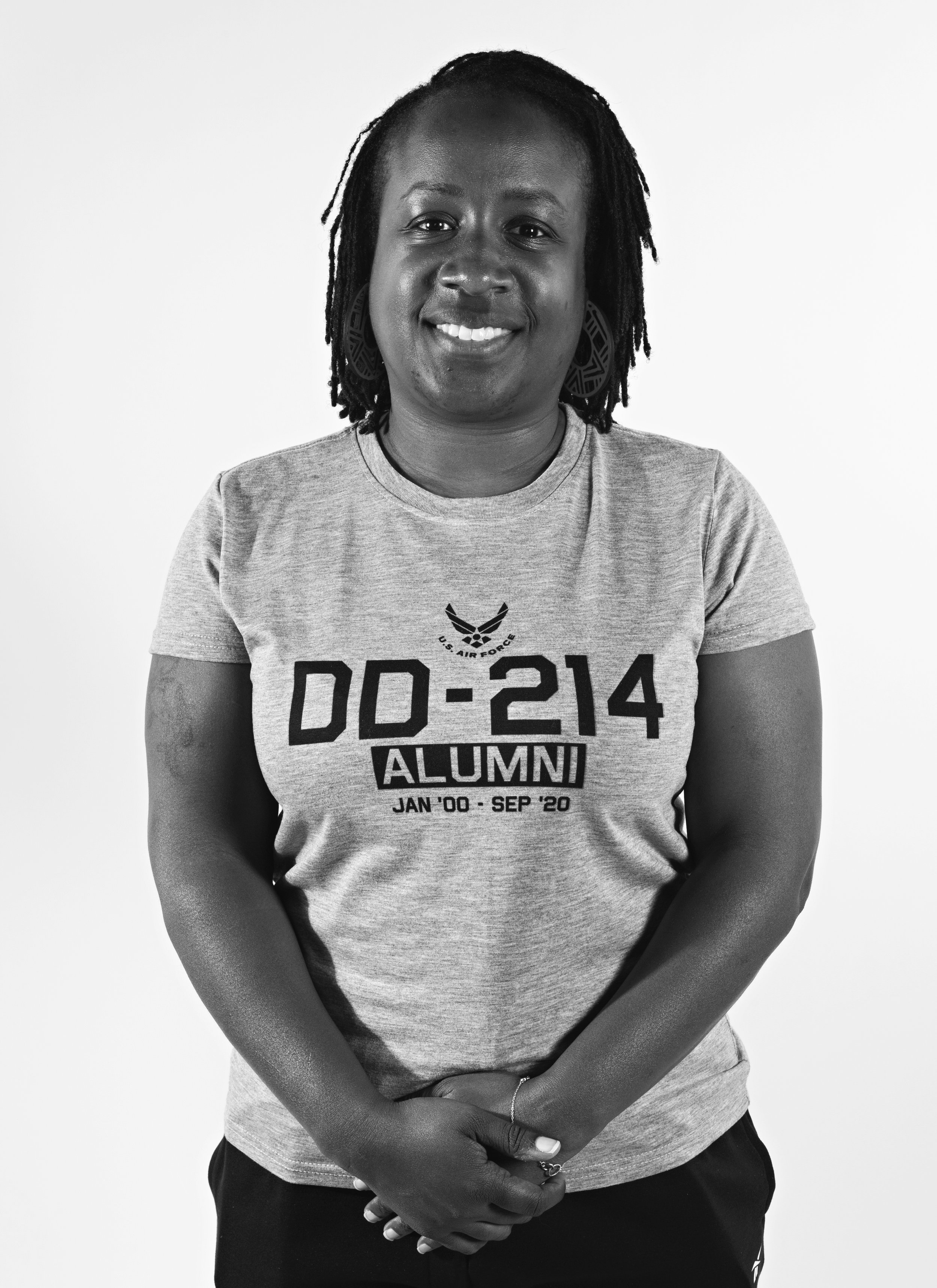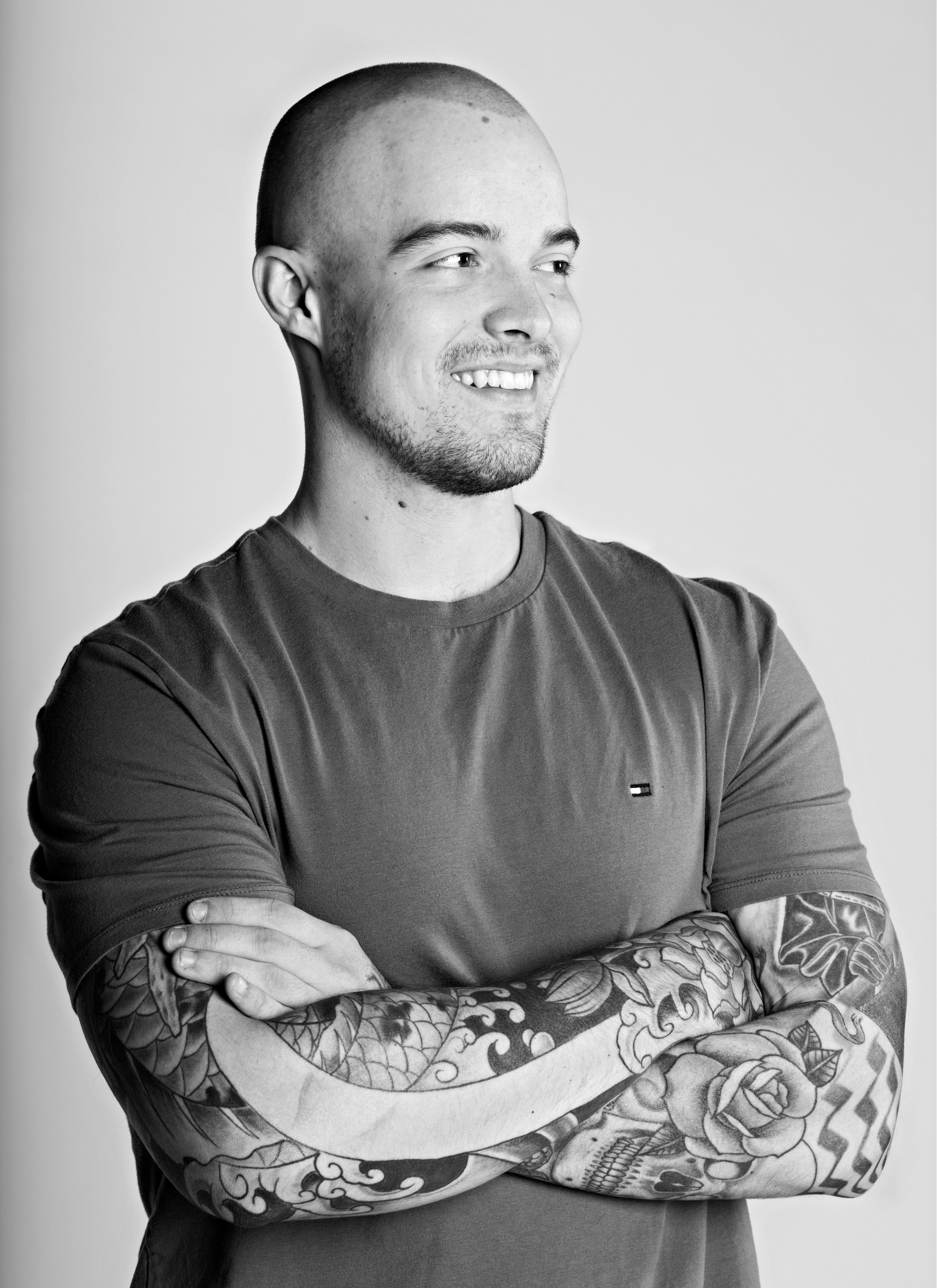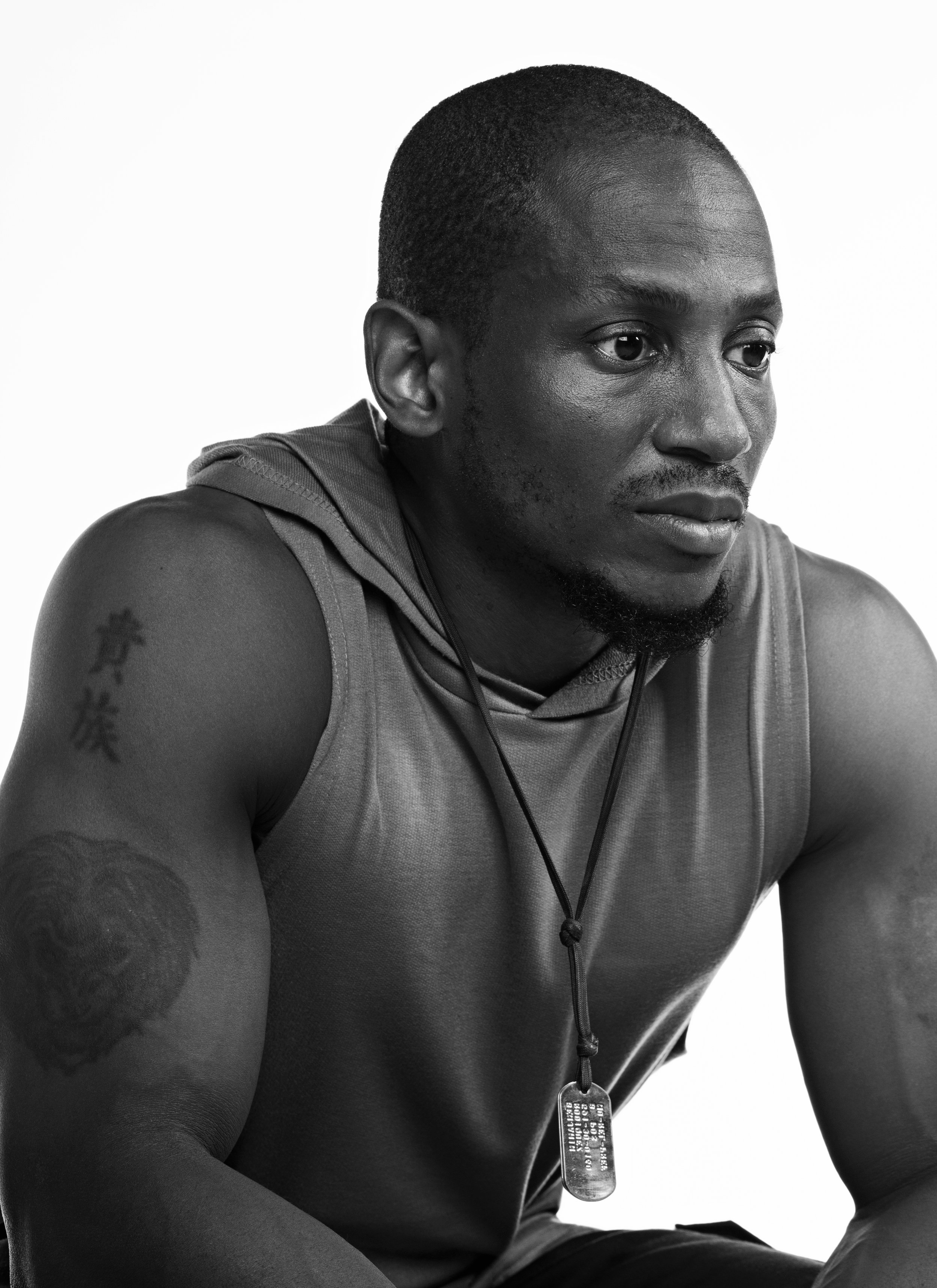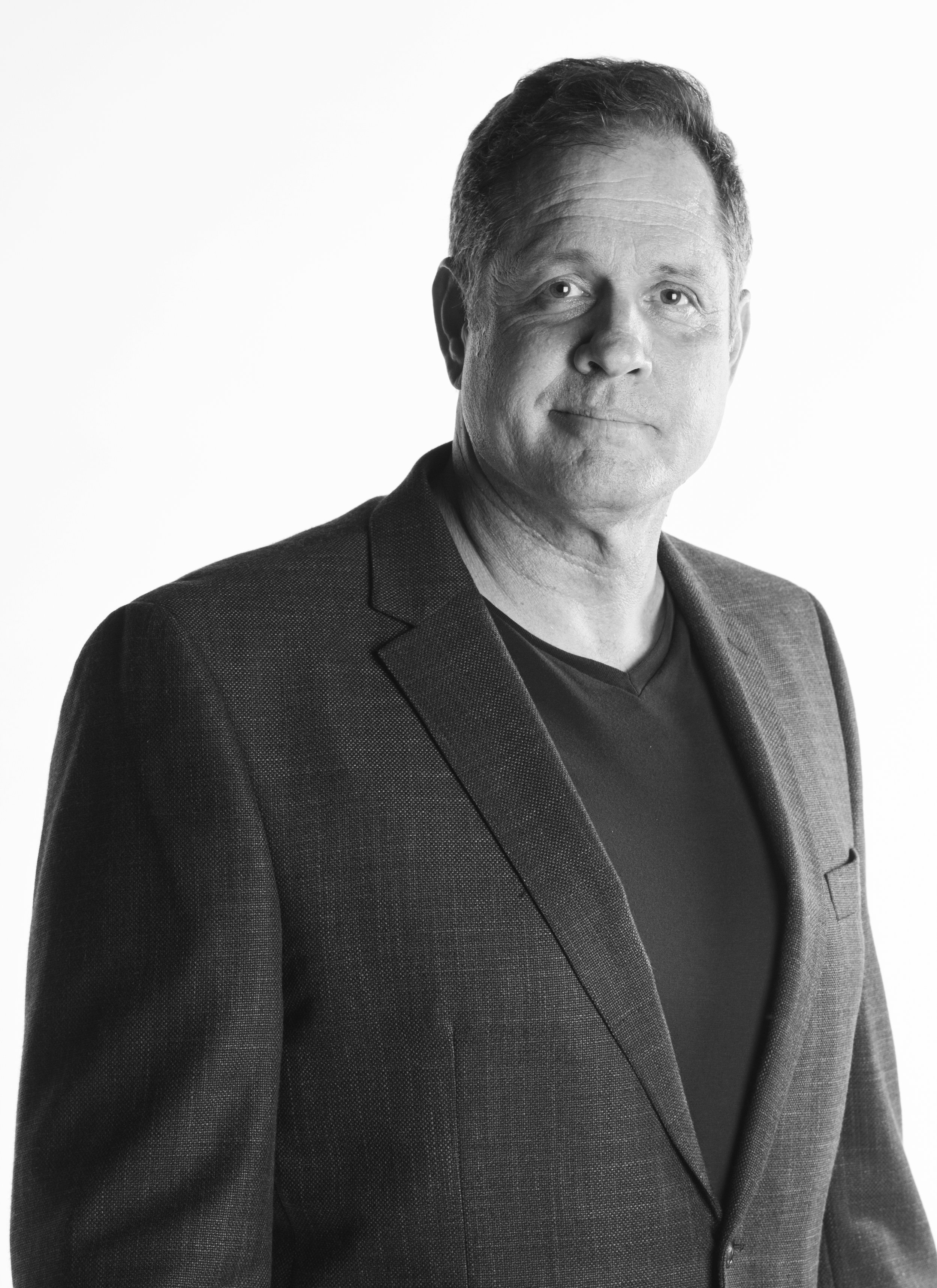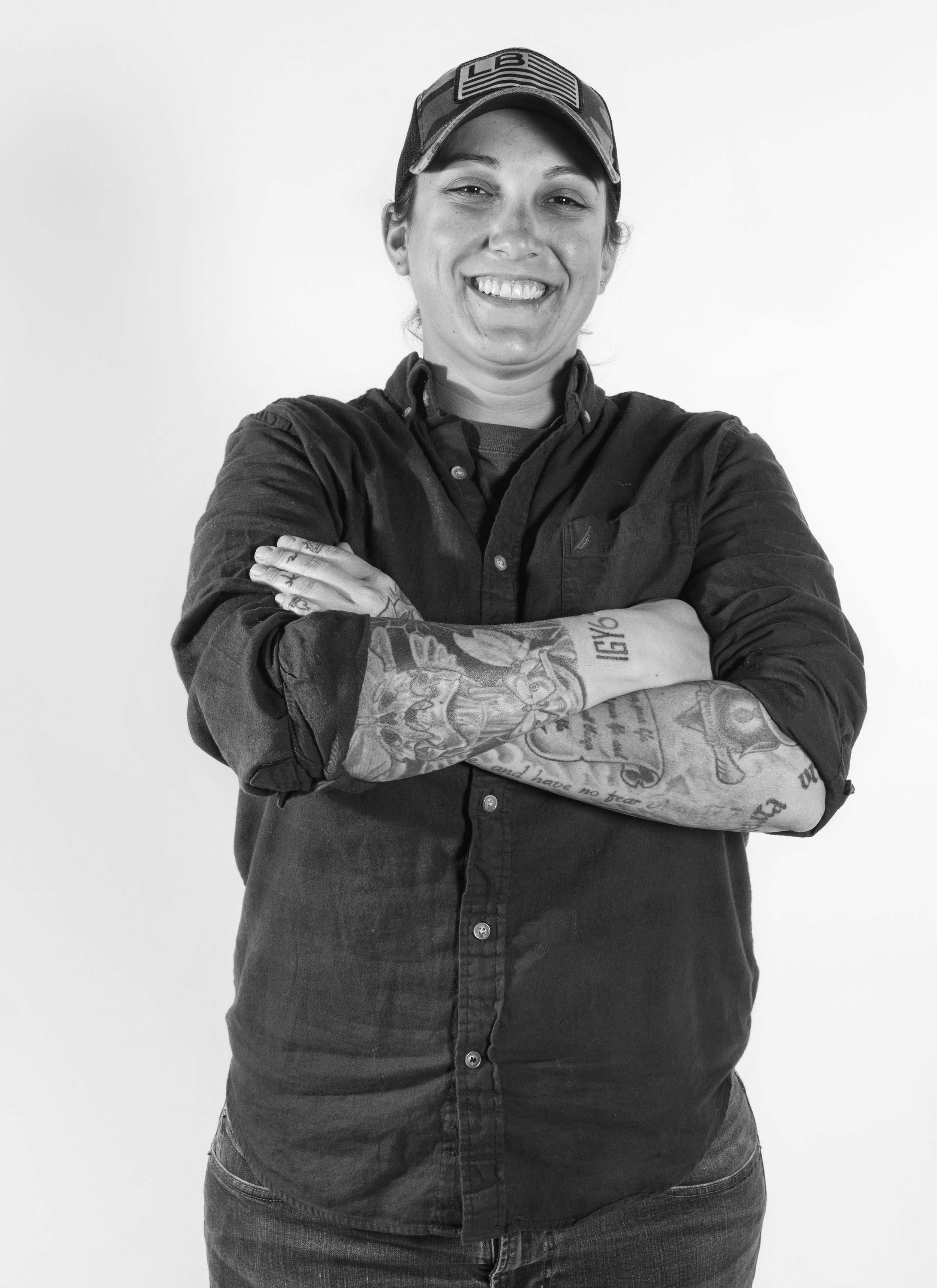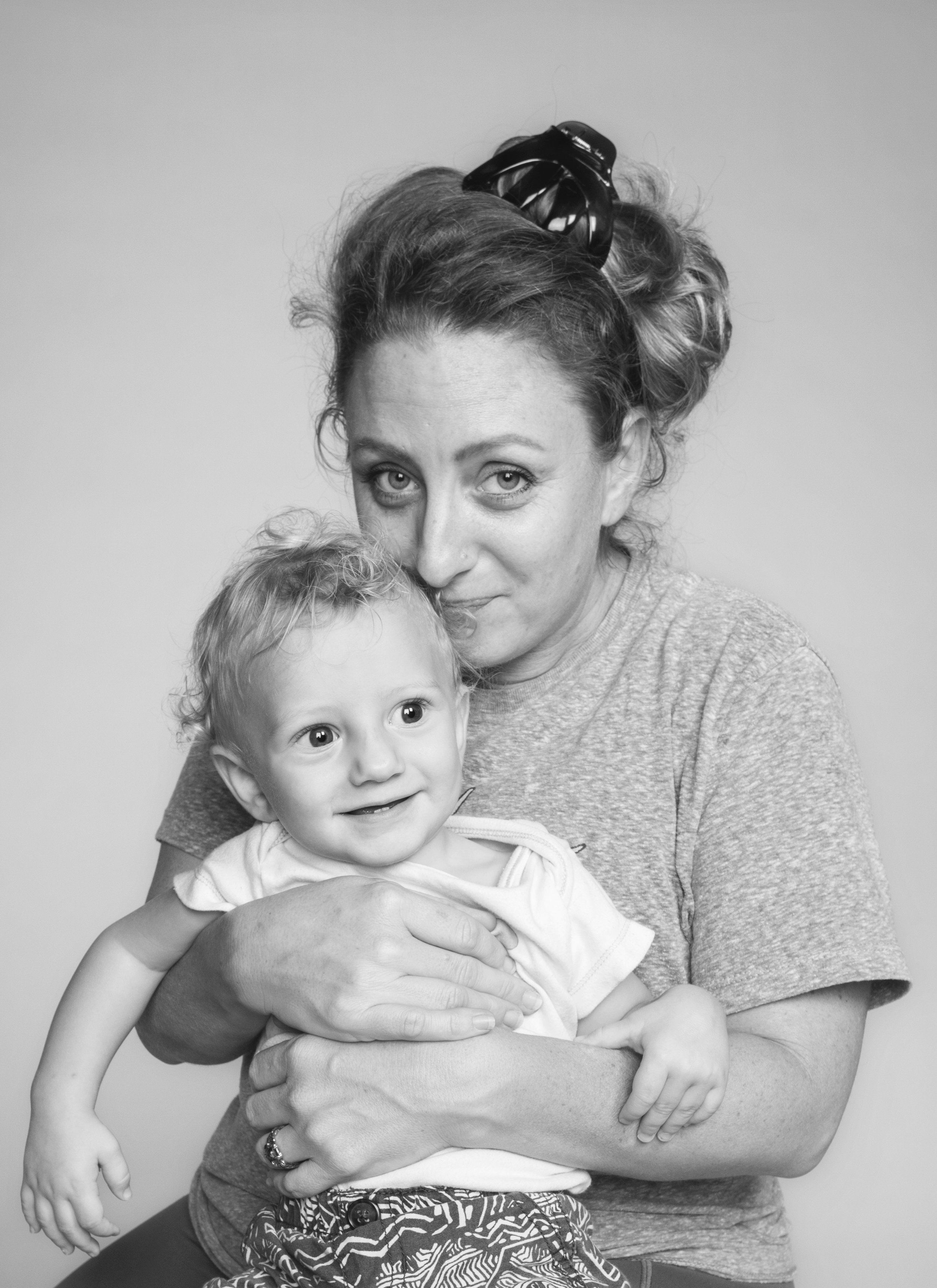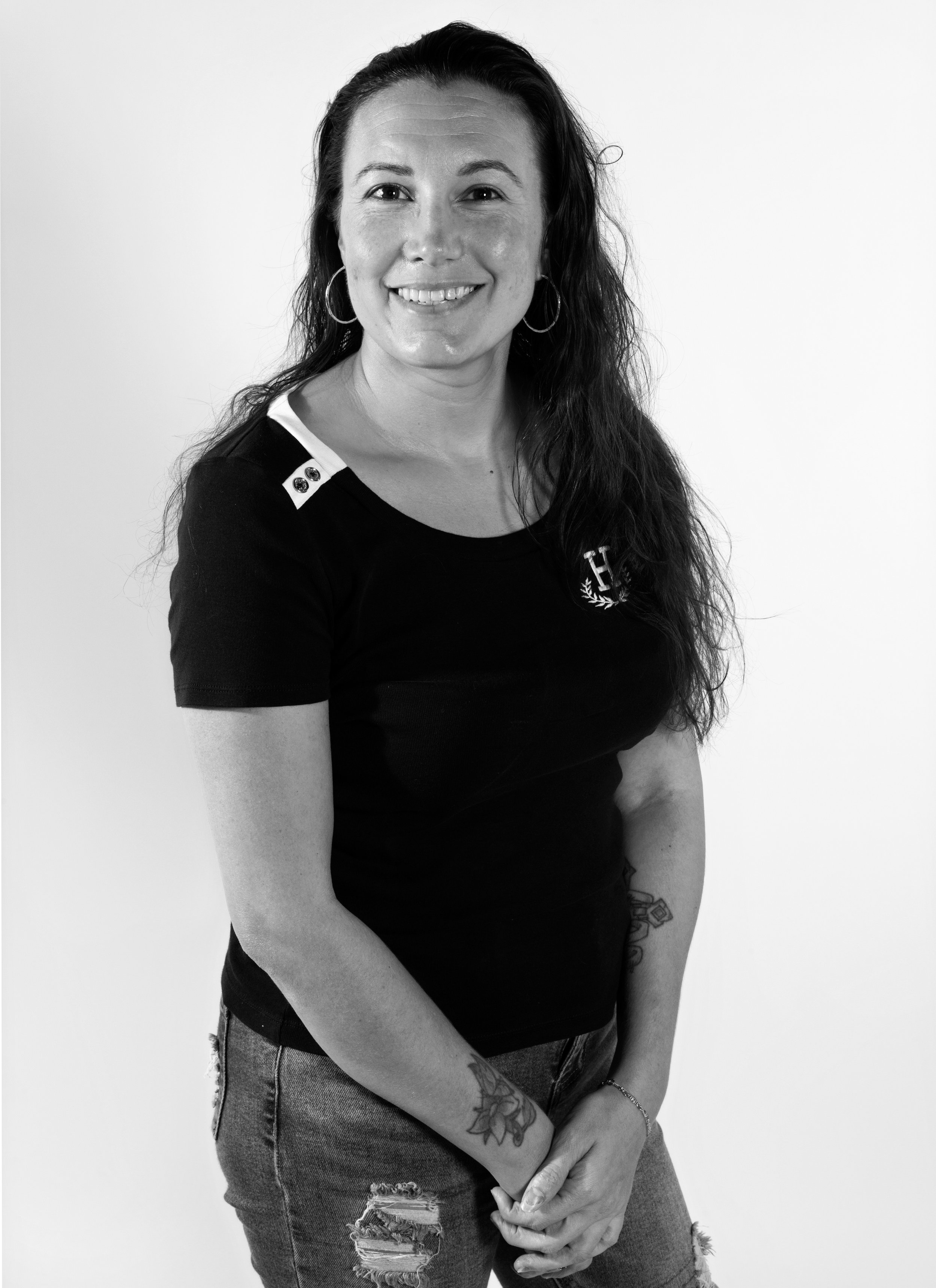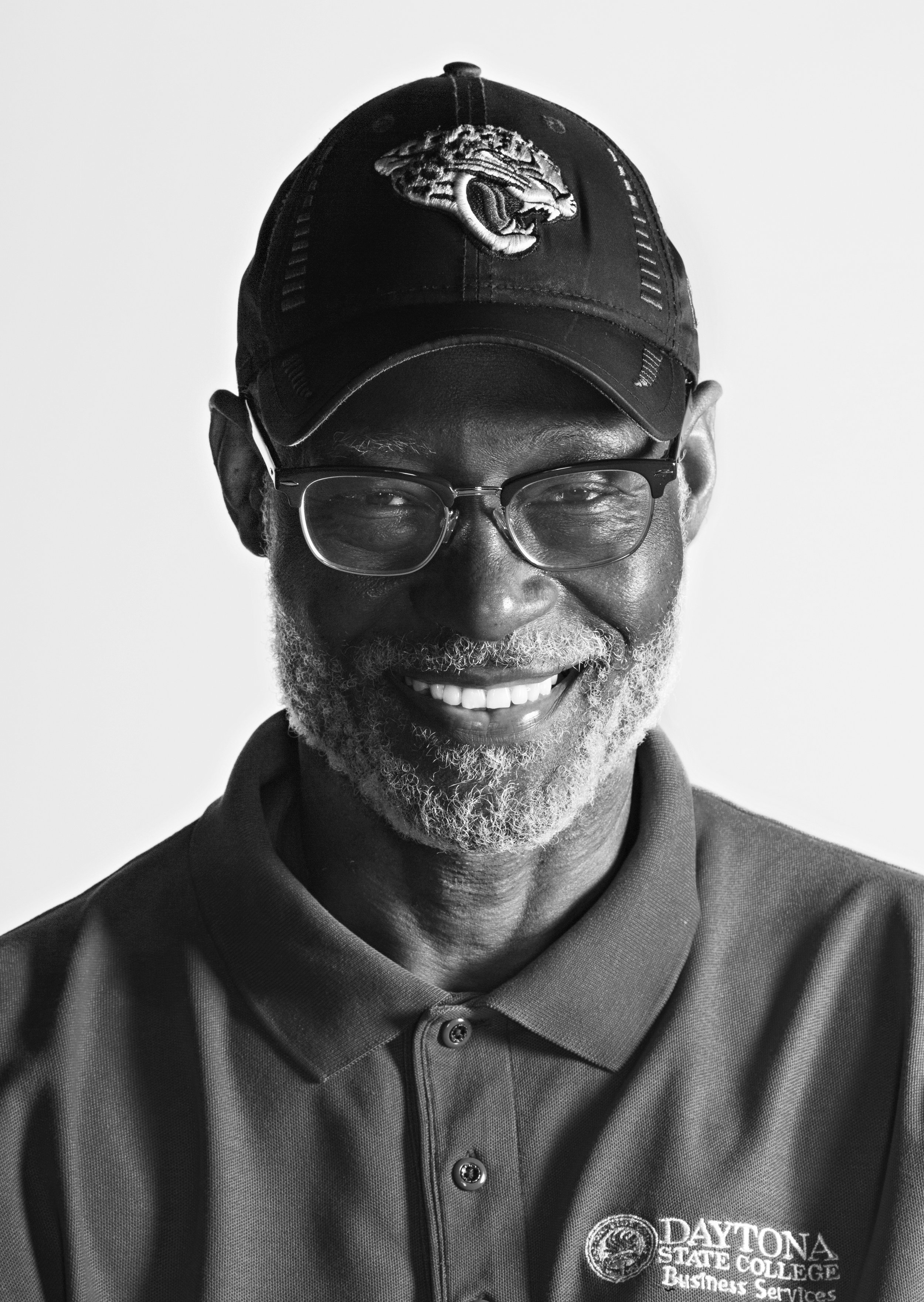featuring work by
Anthony Galusha
ABOUT THE ARTIST:
Anthony Galusha spent 13 years in the U.S. Army, and throughout his career was in various units including the 82nd Airborne Division and Special Operations Command. As a highly specialized individual, he was afforded unique opportunities and experienced aspects of military service reserved for only the most qualified. A former photography student at Daytona State College, he is currently undergoing flight training to become a professional pilot. Through his photography and other pursuits, he hopes to share his distinctive view with the world.
ABOUT THE EXHIBITION:
Civil Twilight is a photographic journal created by veteran Anthony Galusha, who takes a raw and honest approach to sharing aspects of his service, his health, and journey towards healing.
Civil twilight occurs when the center of the sun is six degrees below the horizon. This is the time of day just after the actual sunset, when the sky is still light, though the sun is no longer visible. Although this term refers to a natural lighting condition, it also seemed an appropriate title for Anthony’s exhibition.
The progression of twilight–with its interplay between light and dark–can be compared to the fluctuations of thought within the realm of our own subconscious. In this sense, civil twilight becomes a metaphor for Anthony’s mental state, and the awareness of his own emotional complexity. Sharing his story through multiple self-portraits, he is not only using photography to depict a physical representation of his anxiety and depression, but as a tool to overcome it.
© Anthony Galusha | No End in Sight, 2021
“There were times that I felt alone–isolated in a landscape that seemed to have no end–and I wondered if I would reach the other side. Photography has allowed me to manifest my thoughts and confront my fears... I now see myself in a different light”
The association of darkness with depression is long-standing; photography, an art form that deals with controlling light, provides a lens through which he can focus–and therefore interpret–his feelings.
© Anthony Galusha | A Bad Day, 2021
© Anthony Galusha | Crumbling Facade, 2021
WHAT COMES NEXT?
No matter how long their service career, veterans must eventually confront the question “what comes next?” After stepping out of uniform, former service members find themselves without a clear sense of purpose or identity, and must reinvent themselves within the civilian sector.
Taking that next step–undergoing the transition–isn’t seamless or without issue for individuals accustomed to following routine or strict orders. Simple tasks and choices can become overwhelming; the mundane of everyday life, with its sights and sounds, can seem chaotic and lead to sensory overload. These triggers can be further exacerbated by any physical or mental challenges; thousands of veterans still carry the weight of their service on their shoulders.
In acknowledgment of this, Anthony’s standard issue military ruck–weighing about 75 lbs– features prominently in many of his images. The heavy pack itself, which he carried on many marches, is currently on display in the gallery.
A Tough Call, 2021| © Anthony Galusha
This exhibit confronts the issue of veteran suicide, as depicted in a powerful photograph–a diptych of Anthony’s hands–one holding a gun and in the other, a cell phone. Anthony’s journey from soldier to civilian hasn’t been an easy one, and this year, he faced a choice no person should have to make: to stay or to ease his pain.
It’s a hard truth to admit, and even harder to share with others: He wanted to take his life.
Thankfully, Anthony chose the cell phone, and his courage in calling for help, as well as in relaying his story now, is commendable. He wants other veterans to understand this: you are not alone.
“If you know a veteran, give them a call, check up on them, make sure they know that they can rely on you. If you suspect something is off, invite them out or engage them in some way. Anything to break their routine of pain. It only takes one bad day to change a life forever. ”
There is a sense of solidarity, of mutual support and understanding, underlying this exhibition. I sincerely hope it encourages conversations regarding mental health challenges–without the stigma–and reminds us that we owe our veterans more than just one day to recognize and honor their service.
My sincerest thanks to Anthony for sharing his story, investing his time and taking portraits of the veterans in our community. – Christina Katsolis
BEHIND THE UNIFORM
VETERANS IN OUR COMMUNITY
An additional aspect of this exhibition is Anthony’s portrait of veterans, including alumni, current Daytona State College students and employees, and individuals from the community.
Kristin S., Air Force | © Anthony Galusha
No single voice–or image for that matter–can encapsulate the ‘veteran experience’ or represent all veterans. Each service member has their own distinctive identity, developed by a wide range of factors: age, race and gender, as well as branch of military, rank, duties assigned, number of deployments, years served, etc., as well as other ‘intangibles’ that are unique to each person and cannot be measured according to the same ruler.
Steven S., Navy | © Anthony Galusha
Rodriquez B., Army | © Anthony Galusha
Philip H., Army | © Anthony Galusha
Rachael D., Army | © Anthony Galusha
Alicia L., Army | © Anthony Galusha
As a whole, our society’s perception of military service tends to lean towards extremes, either romanticizing or criticizing the aspects we don’t really understand, having no point of reference from which to begin.
As civilians, we often have trouble seeing beyond the uniform. We don’t think about the individual who wears it–the wife and mother, the husband and father, the son or daughter.
Jessica W., Army | © Anthony Galusha
Grady B., Army | © Anthony Galusha
Anthony hopes his photographs help to personalize the uniform, and honor these individuals–friends, neighbors, fellow students and employees–for their dedication and service.



